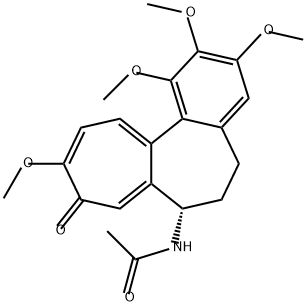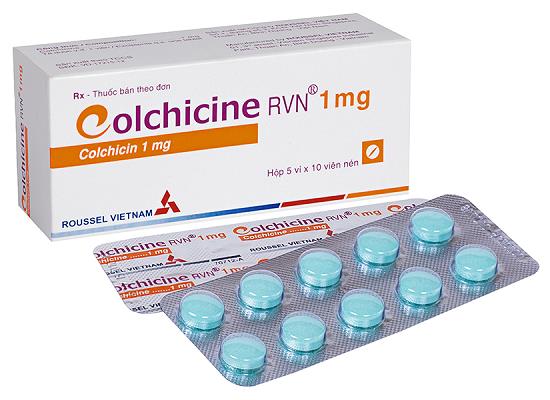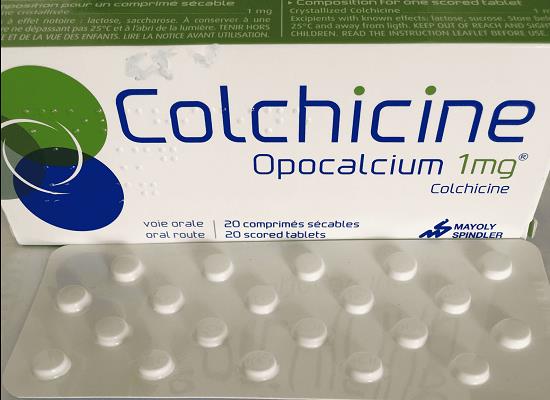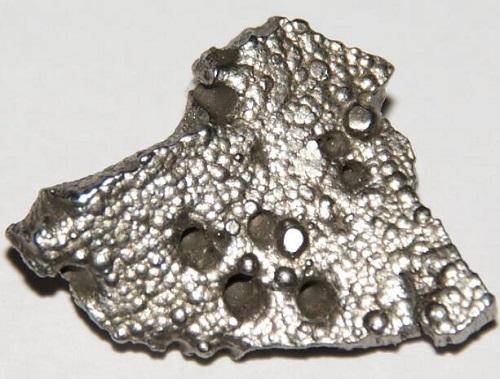Uses of Colchicine
Colchicine is obtained from the autumn crocus, Colchicum autumnale, or the glory lily, Gloriosa superba.Descriptions regarding use of Colchicum autumnale (meadow saffron) for swelling and types of inflammatory arthritis date back to the first century AD. Use of the extract was described in the Ebers Papyrus (an Egyptian papyrus). Colchicum plants were introduced to the Americas by Benjamin Franklin who suffered from gout and used an extract to treat his condition. Colchicine was first isolated from C. autumnale in 1820 by the French chemists Pelletier and Caventou.
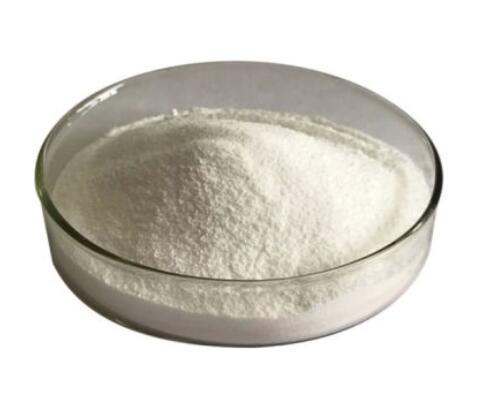
Uses
Colchicine is used in the treatment of acute gouty arthritis. Unlabeled uses include treatment of familial Mediterranean fever, neoplasms of the skin, Behcet’s disease, scleroderma, sarcoidosis, and cirrhosis of the liver. Colchicine has been recently gaining acceptance as a treatment for acute and recurrent pericarditis. It is also available as a pesticide for moles and gofers.
Precautions
No information is currently available on breakdown in soil, groundwater, or surface water. Colchicine alkaloids withstand storage, drying, and boiling.
Ingestion is the most common route of both accidental and intentional exposure to colchicine. It is available as an oral tablet and solution for injection.
Mechanism
Colchicine binds to tubulin and prevents its polymerization into microtubules, subsequently disrupting microtubule function. Consequently, it alters nuclear structure, intracellular transport, and cytoplasmic motility, ultimately causing cell death. Colchicine is a potent inhibitor of cellular mitosis.
You may like
Related articles And Qustion
Lastest Price from Colchicine manufacturers
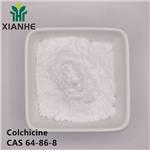
US $0.00/kg2025-04-27
- CAS:
- 64-86-8
- Min. Order:
- 1kg
- Purity:
- 0.99
- Supply Ability:
- 1000kg
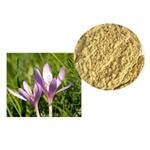
US $0.00/KG2025-04-21
- CAS:
- 64-86-8
- Min. Order:
- 1KG
- Purity:
- ≥98% HPLC
- Supply Ability:
- 1000KG
